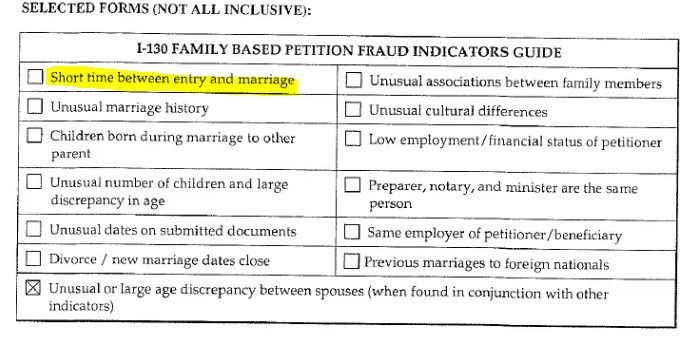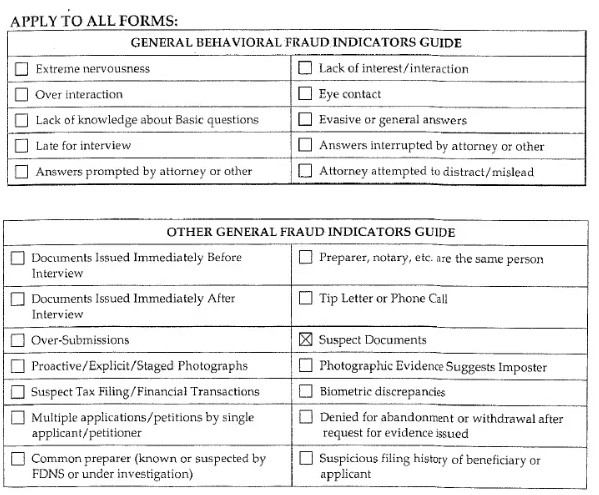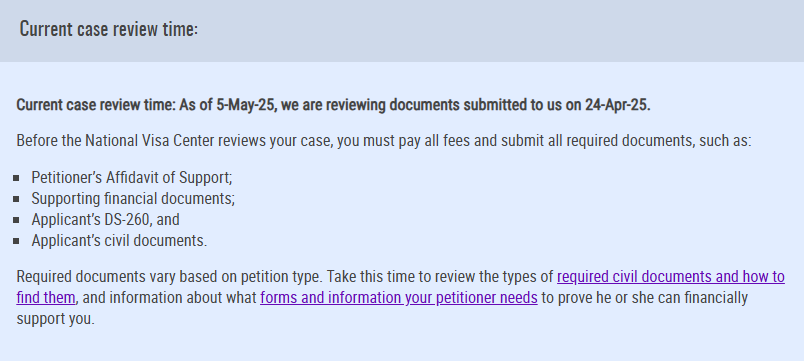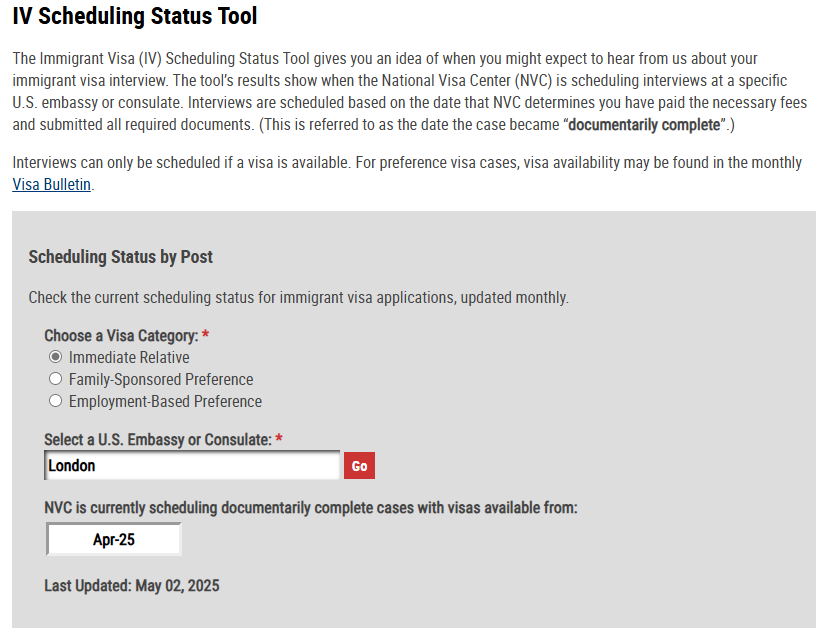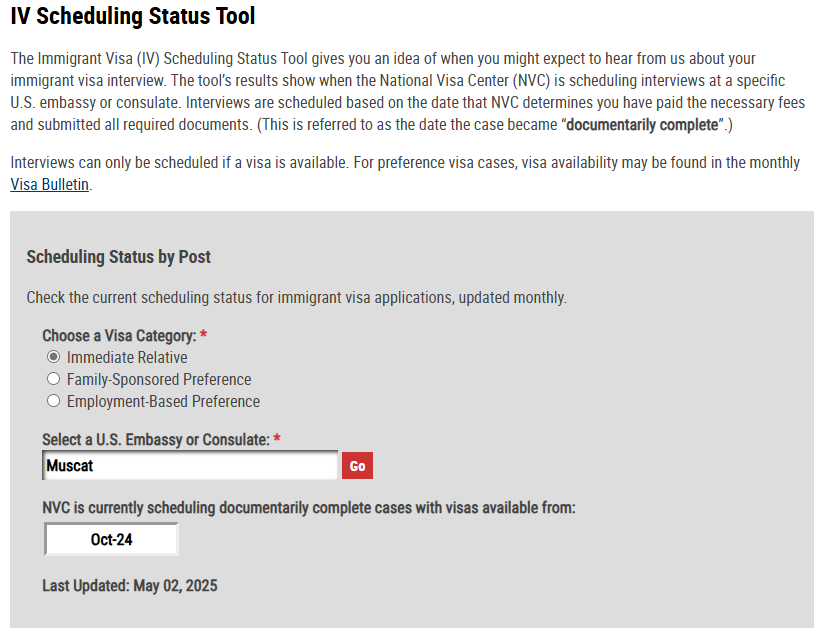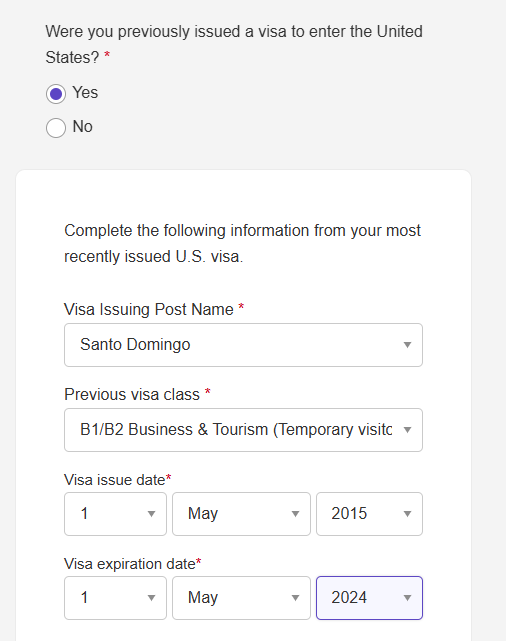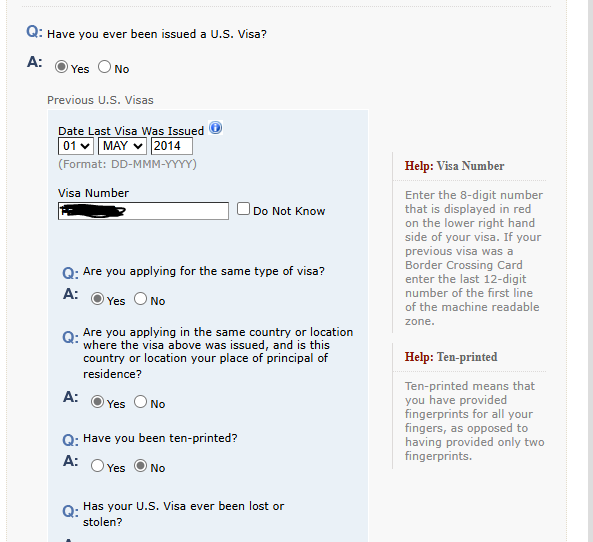-
Posts
116 -
Joined
-
Last visited
Content Type
Profiles
Forums
Partners
Immigration Wiki
Guides
Immigration Forms
Times
Gallery
Store
Blogs
Everything posted by Reynal2m
-
CR1 for my fiancé while I'm deployed
Reynal2m replied to xyang410's topic in IR-1 / CR-1 Spouse Visa Process & Procedures
-
CR1 for my fiancé while I'm deployed
Reynal2m replied to xyang410's topic in IR-1 / CR-1 Spouse Visa Process & Procedures
Agreed, it's great that you highlighted the benefits of both options. -
CR1 for my fiancé while I'm deployed
Reynal2m replied to xyang410's topic in IR-1 / CR-1 Spouse Visa Process & Procedures
We chose the Utah online marriage route because same-sex marriage isn’t legally recognized in the Dominican Republic. After the ceremony, we made sure to reunite in person for our honeymoon at a resort in Punta Cana. One important note: it's best not to submit the I-130 immediately after the wedding, as doing so can raise red flags for potential fraud. -
CR1 for my fiancé while I'm deployed
Reynal2m replied to xyang410's topic in IR-1 / CR-1 Spouse Visa Process & Procedures
1. Utah Online Marriage & CR1 Visa Yes, a Utah online marriage can be recognized for a CR1 visa, but there's a very important catch: 👉 USCIS requires that the couple physically reunite and consummate the marriage after the online ceremony for the marriage to be considered valid under immigration law. If you file the I-130 before physically being together after the wedding, the petition is likely to be denied. 2. CR1 Processing Time (Vietnam) Current CR1 visa processing times, according to USCIS and community experience, are around 17+ months (sometimes longer). So if you’re planning to bring her to the U.S. by mid-2026, the CR1 timeline may be tight — especially if you can’t reunite shortly after the Utah ceremony. 3. Proof of Relationship (Photos, etc.) Even a small number of photos can work as long as they clearly show your relationship history — ideally: At least one in-person photo together Screenshots of video calls/chats Travel receipts or gifts exchanged Letters, emails, or messages More is always better, but you don’t need a full album. 4. Shared Property / Joint Accounts These are not required, but helpful if available. For couples who are long-distance or haven't yet lived together, USCIS understands that some typical "marital" evidence may not exist — focus instead on consistent communication and any visits. 5. Important Things to Prepare Evidence of your post-wedding reunion (flight plans, passport stamps, photos). Keep a record of your communication (screenshots, call logs). Any documents showing plans to live together (letters, lease prep, etc.) 6. Military Expedite Yes, being active-duty can help. USCIS may expedite I-130 petitions for active military members under certain conditions, such as: Deployment schedule conflicts Urgent family reunification You’ll likely need a letter from your commanding officer explaining the request. ⚠️ Final Suggestion: If your goal is to bring her to the U.S. sooner, a K-1 fiancée visa may be a better option. It typically takes 9–12 months, and doesn’t require you to marry first — just show you met in person within 2 years. -
Hi everyone, My spouse filed our I-130 petition on March 26, 2024, and we hadn’t received any updates until June 12, 2025 (5 days ago), when we got an email from USCIS saying: “We have taken action on your case.” However, our USCIS online account still shows the same status: “Case Was Received and A Receipt Notice Was Sent” — no visible updates or changes. We chatted with Emma yesterday (June 16), and the live agent informed us that our case was transferred to another service center. It’s discouraging because we were hopeful this meant our case was finally moving forward. Has anyone experienced a similar transfer from the California Service Center? If so, how long did it take after the transfer for your case to progress? Priority Date: March 26, 2024 Original Service Center: California Update 1: June 12, 2025 – Received “We have taken action” email Update 2: June 16, 2025 – Live agent confirmed service center transfer Thanks in advance for sharing your experiences! Renzo & Reynaldo.
-
Some guidance please
Reynal2m replied to Claire1994's topic in IR-1 / CR-1 Spouse Visa Process & Procedures
You can begin your application online, and the system will save your progress for 30 days. Each time you log in and make changes, the 30-day period resets. However, if no changes are made within 30 days, your application will be deleted. The online platform is self-guided and will inform you of the documents you need to upload. Be sure to read and follow the instructions carefully. -
How long is NVC taking to DQ?
Reynal2m replied to Lucy1982's topic in IR-1 / CR-1 Spouse Visa Process & Procedures
If this was me I would be very happy. -
I-130 Online vs. Paper Filing from Overseas
Reynal2m replied to Asui's topic in IR-1 / CR-1 Spouse Visa Process & Procedures
If you are overseas, I personally would choose to file online. That way, you can get updates directly through your email and your USCIS account. Here's a comparison of online vs. paper filing: Online Filing (through USCIS account) Advantages: Faster submission: No need to mail anything—submit instantly. Real-time status updates: Easily track your case, receive notifications, and upload additional evidence if requested. Fewer mistakes: The system checks for missing fields and errors before submission. Secure and centralized communication: Messages, RFEs (Requests for Evidence), and notices are all stored in your USCIS account. Immediate receipt notice: You get your I-797C (receipt notice) immediately after submission. Paper Filing (via mail to USCIS) Advantages: Accepted for all I-130 categories, including both immediate relatives and preference categories. Traditional method: Some feel more comfortable with physical copies and certified mail tracking. Easier to attach original signatures if required or preferred. Disadvantages: Slower processing: Includes postal delivery time, USCIS intake scanning, and data entry. No instant updates: You must wait for mailed notices unless you link your receipt to an online account manually. Higher chance of delay or error: Lost mail, scanning errors, or incomplete forms are more common. -
I-130 Online vs. Paper Filing from Overseas
Reynal2m replied to Asui's topic in IR-1 / CR-1 Spouse Visa Process & Procedures
The I-130A doesn’t need to be signed if the beneficiary lives overseas. If I were in their position, I’d just submit it online—thousands of people do it that way without any issues. There's no need to risk delays or problems with the mail when you can save time and handle everything online. -
How long is NVC taking to DQ?
Reynal2m replied to Lucy1982's topic in IR-1 / CR-1 Spouse Visa Process & Procedures
You're welcome! Honestly, this was much needed and will be a big help to many people. -
How long is NVC taking to DQ?
Reynal2m replied to Lucy1982's topic in IR-1 / CR-1 Spouse Visa Process & Procedures
-
How long is NVC taking to DQ?
Reynal2m replied to Lucy1982's topic in IR-1 / CR-1 Spouse Visa Process & Procedures
-
Honestly, I'm not entirely sure. What I do know is that the NVC sends an update email every 60 days to let you know your case is still waiting for an interview. I believe they'll notify you separately when your interview is actually scheduled, since they have to give you enough time to complete the medical exam beforehand. Hopefully, someone with more experience can chime in with more details.
-
Question About DS-160 – Visa Renewal and Interview Waiver Eligibility
Reynal2m replied to Reynal2m's topic in Tourist Visas
I have another question — I understand this isn’t legal advice, but I’m hoping your experience might help clarify things for me. We’ve completed the DS-160 and are now trying to schedule the appointment on the https://ais.usvisa-info.com website. One of the questions there asks: "Have you previosuly issued a visa to enter the U.S?" — to which we answered yes. After that, a follow-up question appears: "Complete the following information from your most recently issued U.S. visa." Here’s where my question comes in: If I enter the details of her most recent visa — a J1 issued in 2019 (her previous B1/B2 was issued in 2014), will that affect her eligibility for the interview waiver? Or is this question unrelated to the waiver process? I am just trying to see if the system will still acknowledge that the visa we are applying for renewal is the B1/B2. -
Question About DS-160 – Visa Renewal and Interview Waiver Eligibility
Reynal2m replied to Reynal2m's topic in Tourist Visas
Thanks! For the question "Date Last Visa Was Issued," should we enter the J1 visa, since that was the most recent visa she received? -
Hi, I have a quick question regarding my friend's B1/B2 visa renewal. We believe she may qualify for the interview waiver. She currently holds a 10-year multiple-entry B1/B2 visa issued in 2014, which is about to expire. It’s important to note that she has never used this B1/B2 visa to enter the U.S. However, she did travel to the U.S. once under a J1 visa in 2019 for a summer work program, and that was her only visit to the U.S. so far. While completing the DS-160 form, there's a question under "Previous U.S. Visas" asking: "Date Last Visa Was Issued?" We’re unsure whether to list the B1/B2 visa from 2014 or the J1 visa from 2019, especially since she is applying to renew the B1/B2 and the following question asks if she is applying for the same type of visa. Could you clarify which date should be entered in that field? Thanks in advance for your help! Best regards,
-
We've taken an action on your case email
Reynal2m replied to Bando613's topic in IR-1 / CR-1 Spouse Visa Process & Procedures
I would also like to know.



